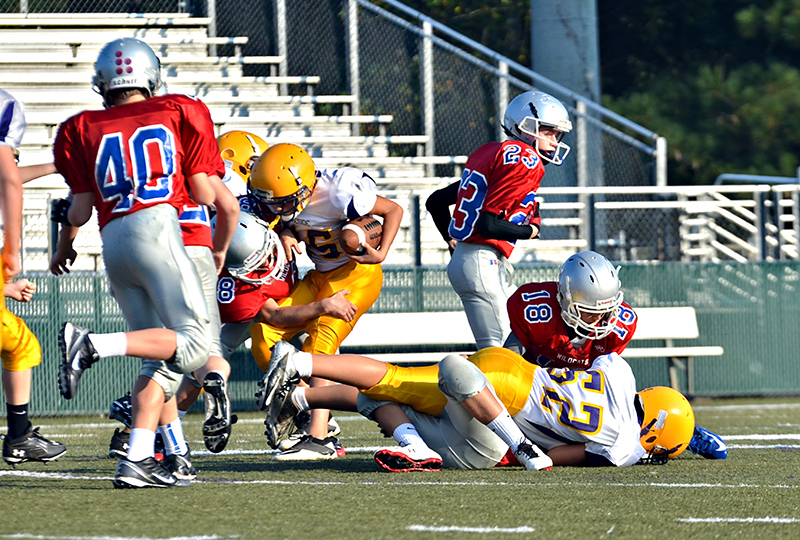Heat stroke can lead to death. As athletes head to practice, know how this heat-related illness develops.
In the South, hot and humid weather at the start of the school year raises the risk of heat-related illness for athletes. Heat illness is a spectrum of injury; in its most severe form, it can lead to death and disability. What makes these deaths even more tragic is that heat illness is preventable. Here is how heat illness progresses:
Dehydration→Heat cramps, rash, syncope (passing out)→Heat exhaustion→Heat stroke
Understanding the difference between heat exhaustion and heat stroke is important for knowing how to react.
Heat exhaustion
- Symptoms may include fatigue, weakness, decreased performance, light-headedness, cramps, increased heart rate and a temperature between 102oF and 104oF. (Note: The only accurate way to measure temperature in the event of heat illness is with a rectal thermometer.) The athlete maintains normal mental status.
- Treatment includes cooling the athlete, rehydration and transport to a hospital if symptoms persist or worsen.
Heat stroke
- This is when the athlete’s ability to regulate body temperature fails. Body temperature rises above 104oF; the athlete may appear dry, hot and flushed. However, in athletes who have been exercising, they are often quite sweaty. They now have an altered mental status.
- This is a life-threatening emergency and you should initiate your Emergency Action Plan and call 911. It’s critical to begin rapid cooling of the athlete (ice water immersion bath) immediately; don’t wait for EMS to arrive.
Understanding the causes of heat-related illness can prevent it.
- Dehydration;
- Medications such as stimulants including caffeine or cold/allergy medications;
- Medical conditions such as sickle cell trait or obesity;
- Fever or current illness;
- Heavy uniforms/equipment;
- Being out of shape or not used to high levels of activity;
- Over-exertion and not enough rest or recovery time between drills/practices/games;
- Prior heat illness.
With proper awareness, response and treatment, we can prevent heat illness from ever going too far.
This post was written by Alex B. Diamond, D.O., M.P.H., F.A.A.P., director of the Vanderbilt Program for Injury Prevention in Youth Sports. He is also a team physician for Vanderbilt University, the Nashville Predators and the Nashville Sounds.


